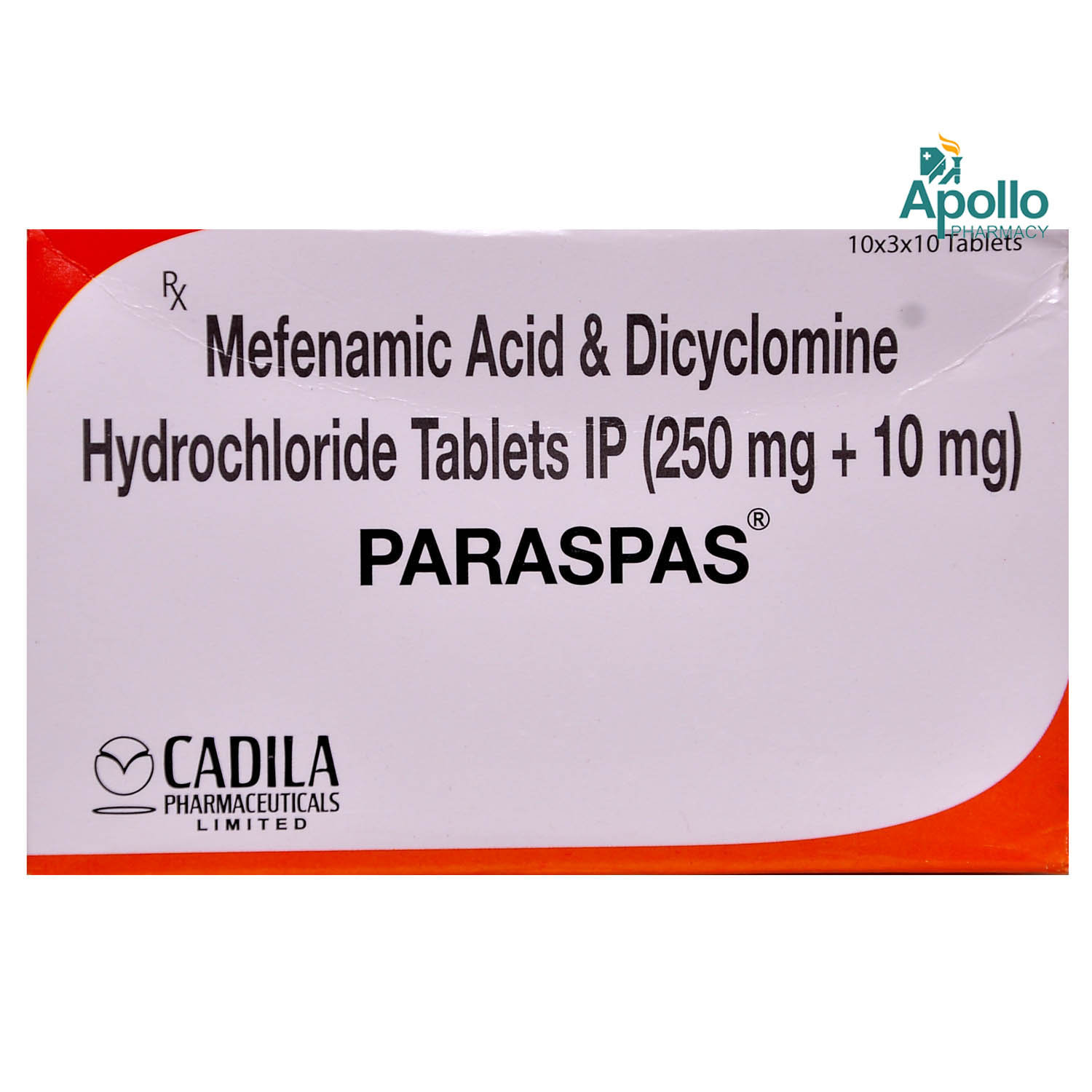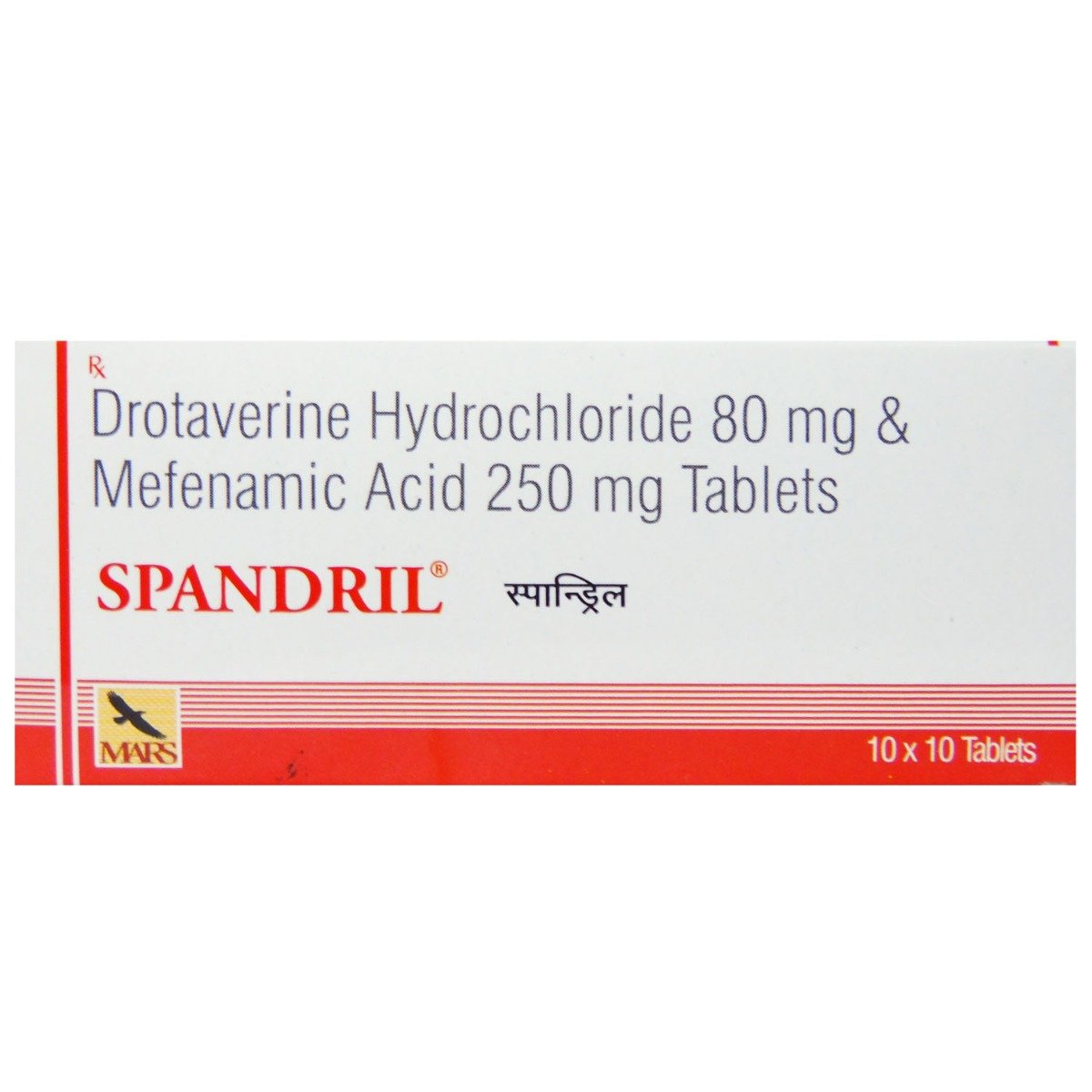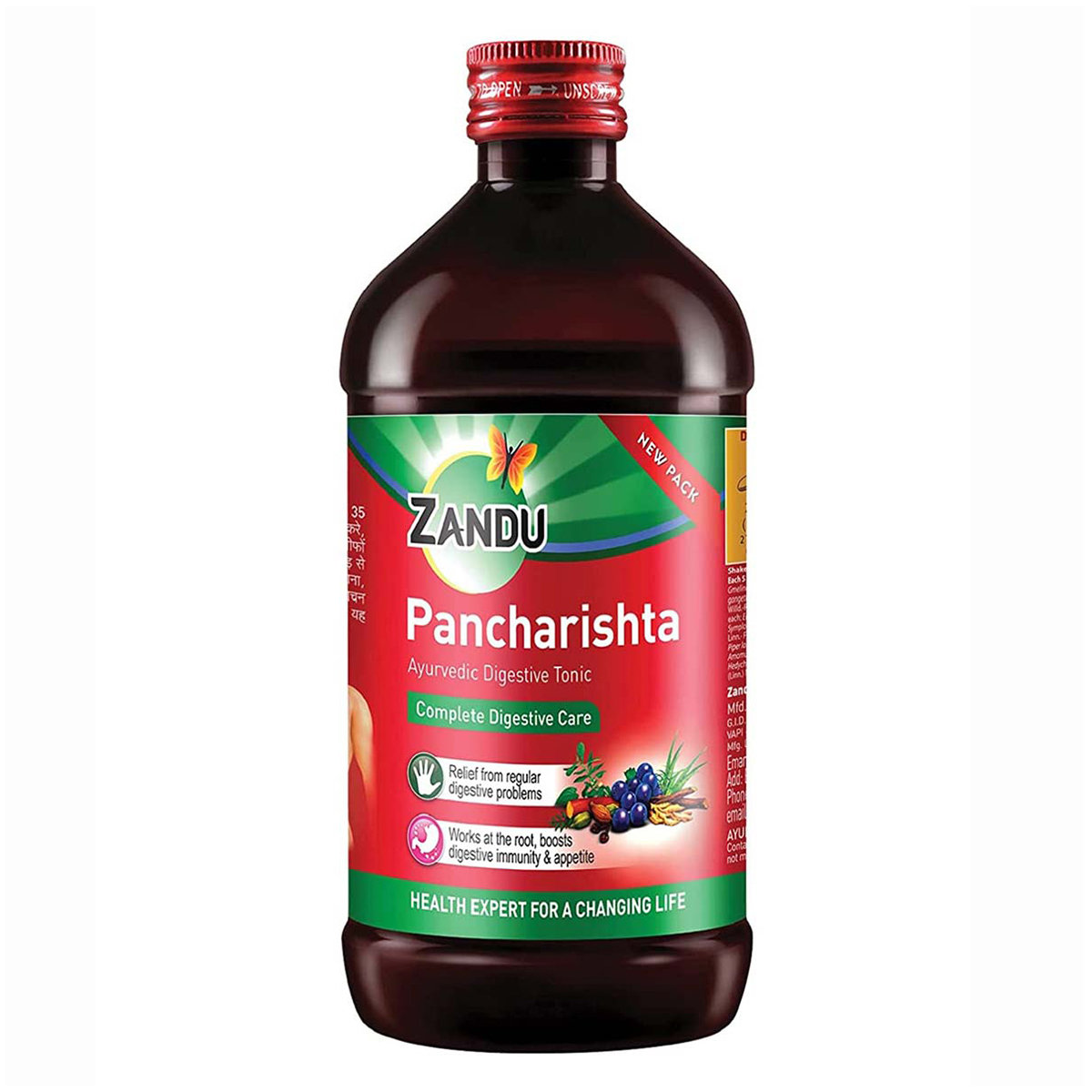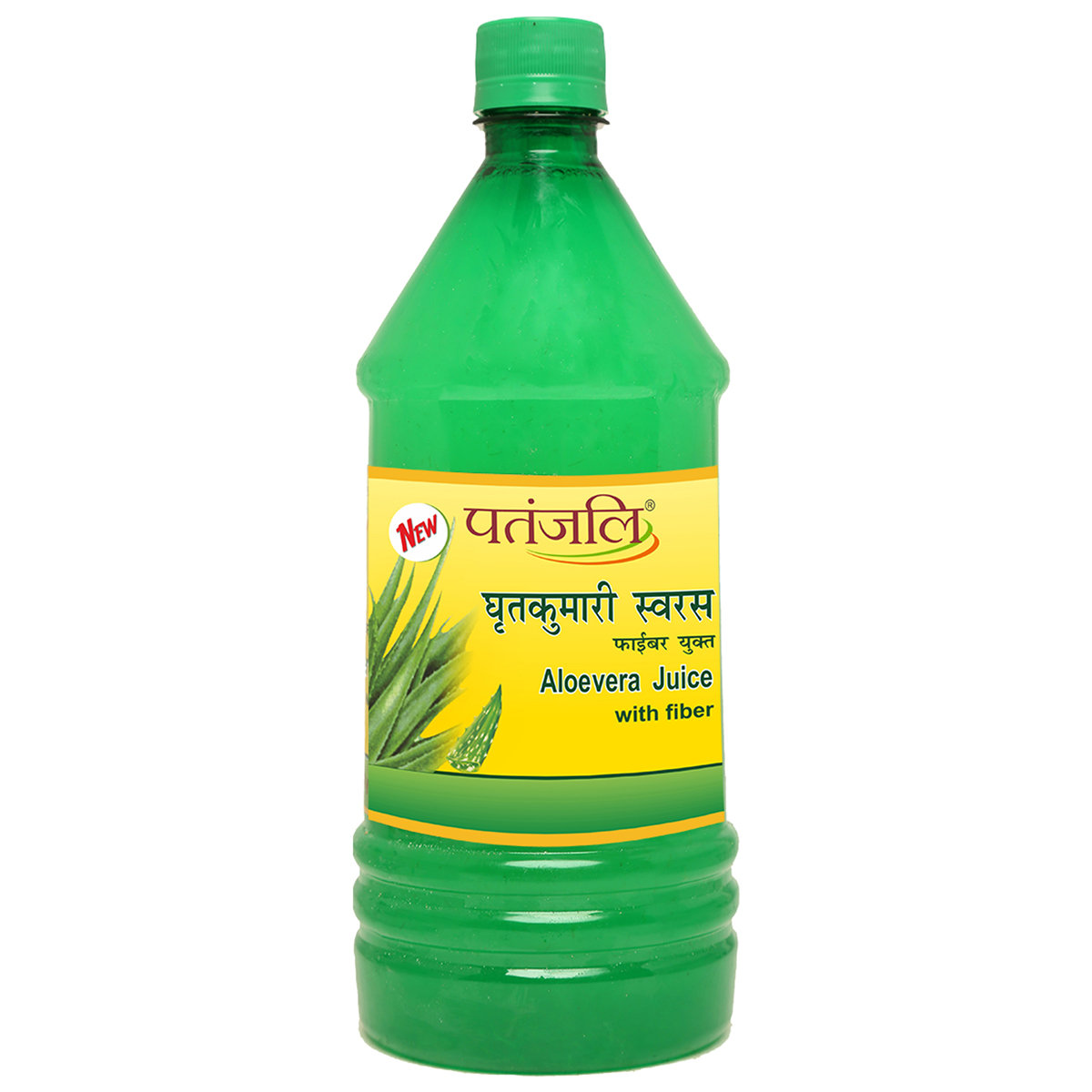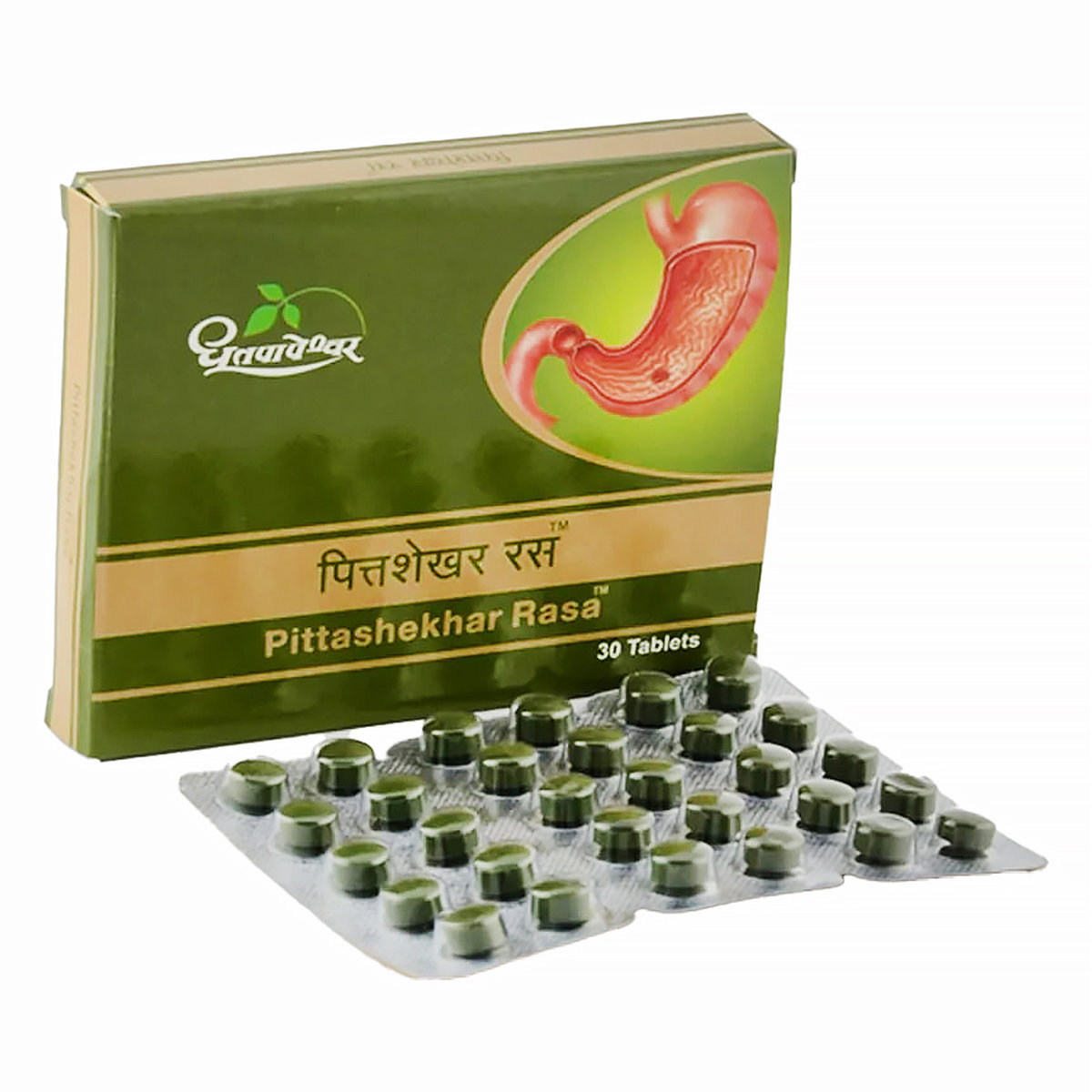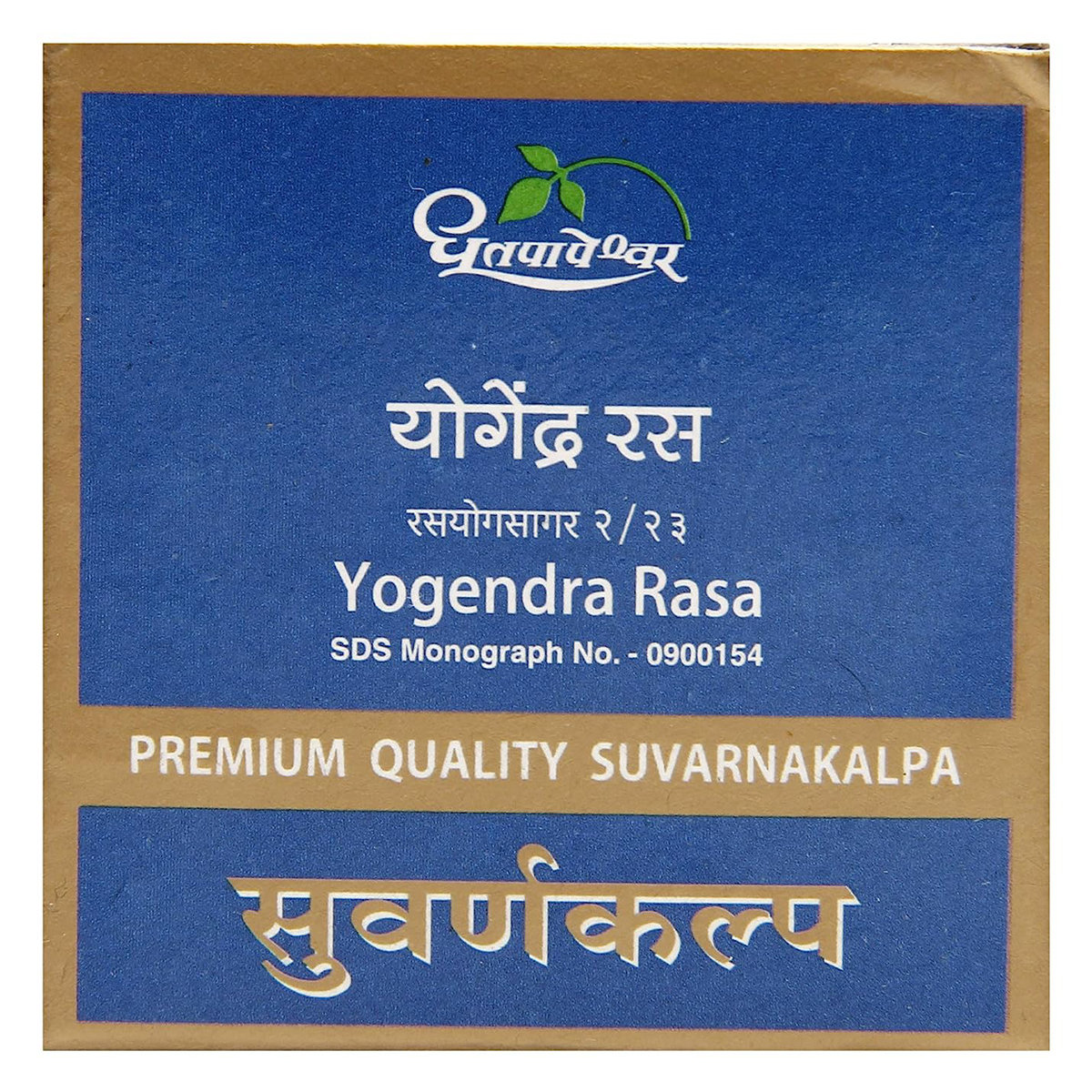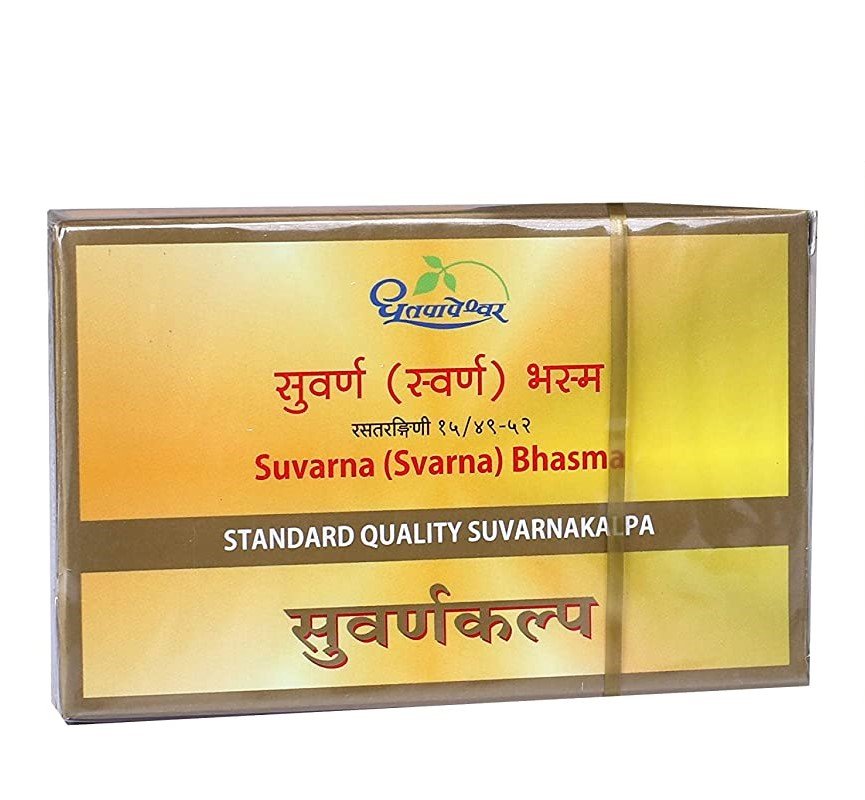Cyclomeff Tablet
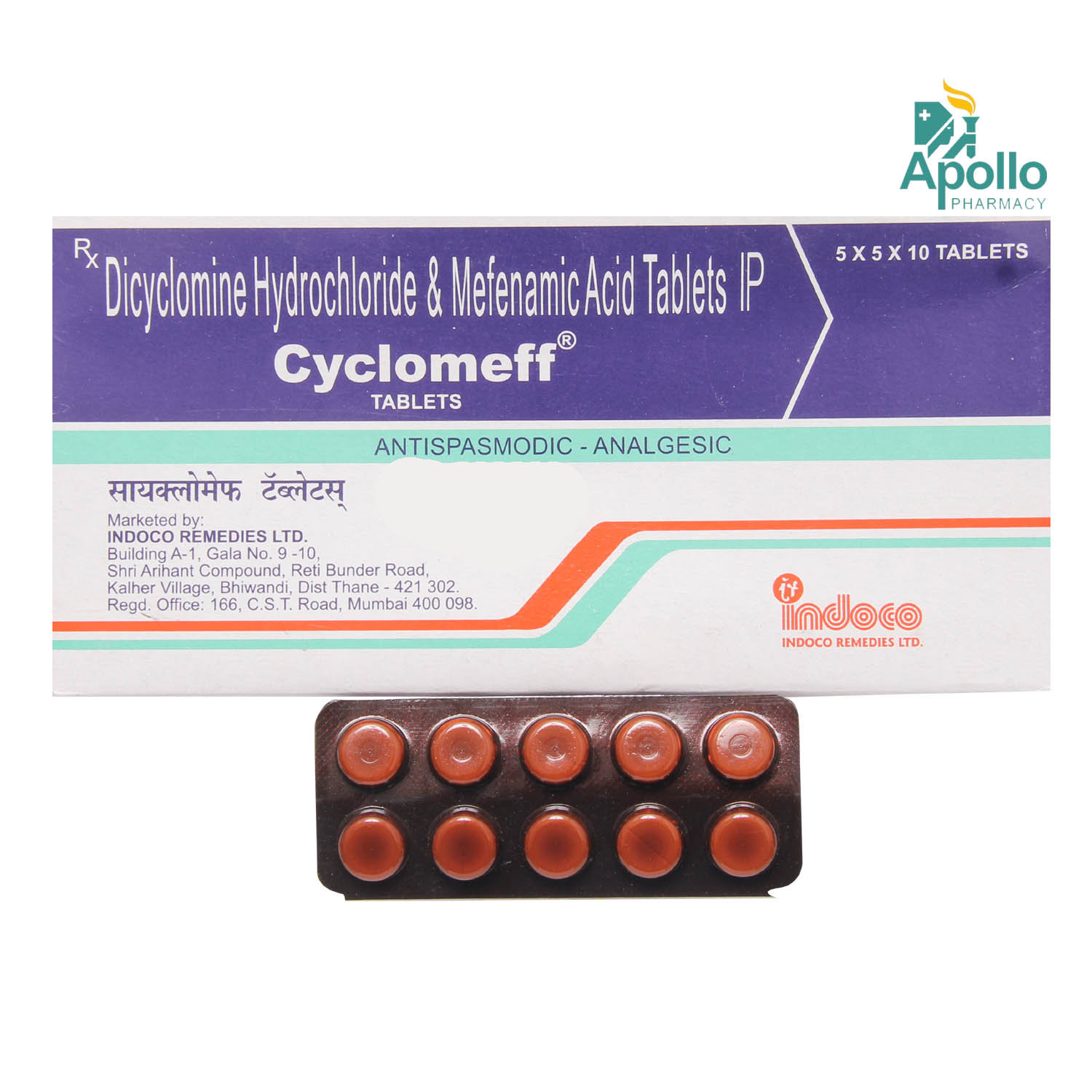
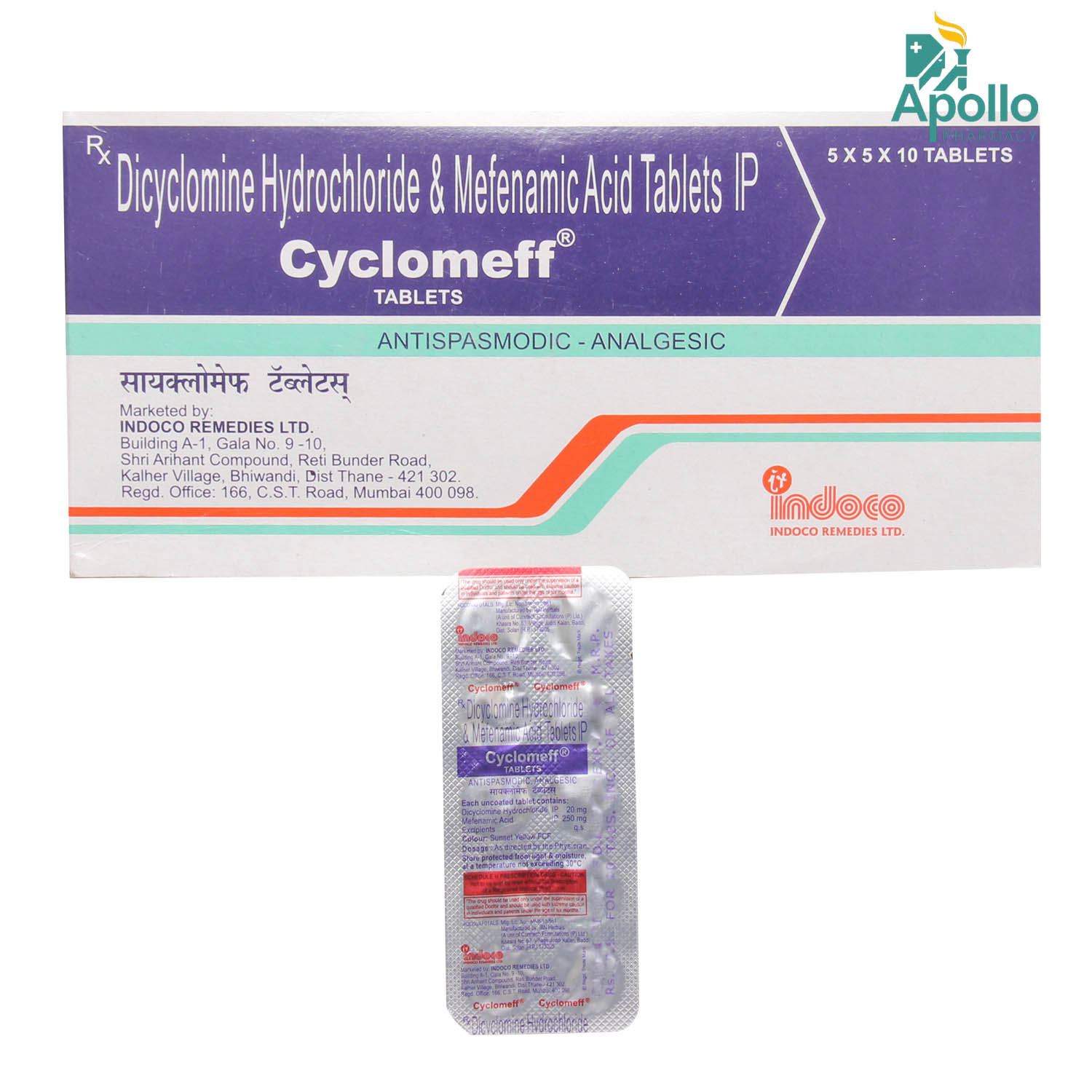

MRP ₹59.5
(Inclusive of all Taxes)
₹8.9 Cashback (15%)
know your delivery time
Provide Delivery Location
Composition :
Manufacturer/Marketer :
Consume Type :
Expires on or after :
Return Policy :

Secure Payment

Trusted by 8 Crore Indians

Genuine Products
Therapeutic Class
Country of origin
Manufacturer/Marketer address
Author Details
We provide you with authentic, trustworthy and relevant information
Disclaimer
Alcohol
Safe if prescribed
Avoid consumption of alcohol while taking Cyclomeff Tablet as it may cause increased drowsiness. It can also increase the risk of stomach bleeding.
Pregnancy
Consult your doctor
Please consult your doctor if you are pregnant or if you have any concerns regarding this; your doctor will prescribe only if the benefits outweigh the risks.
Breast Feeding
Consult your doctor
It is not recommended to breastfeed while taking Cyclomeff Tablet . Consult your doctor before taking Cyclomeff Tablet if you are breastfeeding.
Driving
Safe if prescribed
Cyclomeff Tablet may cause drowsiness and dizziness. Do not drive or operate machinery unless you are alert.
Liver
Consult your doctor
Dose adjustment may be needed in patients with liver impairment. Please consult your doctor if you have a liver impairment or any concerns regarding this.
Kidney
Consult your doctor
Cyclomeff Tablet should not be used in patients with renal disease. Please consult your doctor if you have kidney impairment or any concerns regarding this.
Children
Safe if prescribed
Cyclomeff Tablet is not recommended for children as safety and effectiveness were not established.
Product Substitutes
About Cyclomeff Tablet
Cyclomeff Tablet is a combination medicine used to treat abdominal pain, dysmenorrhea (period pain), and colicky pain. Abdominal (tummy) pain occurs between the chest and pelvic region (below the belly button and leg). Menstrual cramps, also known as dysmenorrhea, are characterised by cramps and pain during menstruation. Colic is a form of pain that starts and stops abruptly.
Cyclomeff Tablet is a combination of two drugs: Dicyclomine (anti-spasmodic) and Mefenamic acid (NSAID). Dicyclomine works by relieving contractions associated with the smooth muscles of the abdomen. Mefenamic acid works by blocking the effect of chemical messengers called prostaglandins. This helps reduces mild to moderate pain and inflammation at the injured or damaged site. Together, Cyclomeff Tablet helps in relieving pain.
You are advised to take Cyclomeff Tablet for as long as your doctor has prescribed it for you depending on your medical condition. In some cases, Cyclomeff Tablet may cause common side effects such as nausea, vomiting, diarrhoea, dry mouth, and weakness. Most of these side-effects do not require medical attention and will resolve gradually over time. However, you are advised to talk to your doctor if you experience these side-effects persistently.
Consult your doctor if you are pregnant or breastfeeding. Cyclomeff Tablet may cause dizziness and drowsiness, so drive with caution. Cyclomeff Tablet is not recommended for children as safety and efficacy have not been established. Avoid consuming alcohol with Cyclomeff Tablet as it could lead to increased drowsiness and dizziness, it might also increase the risk of stomach bleeding. Keep your doctor informed about your health condition and medicines to rule out any side-effects/interactions.
Uses of Cyclomeff Tablet
Medicinal Benefits Mweb
Key Benefits
Cyclomeff Tablet is a combination of two drugs, namely: Dicyclomine (anti-spasmodic) and Mefenamic acid (NSAID). Cyclomeff Tablet is used to treat abdominal pain, dysmenorrhea (period pain), and colicky pain. Dicyclomine works by relieving contractions associated with the smooth muscles of the abdomen. Mefenamic acid works by blocking the effect of chemical messengers called prostaglandins. This helps reduce mild to moderate pain and inflammation at the injured or damaged site. Together, Cyclomeff Tablet helps in relieving pain.
Directions for Use
Side Effects of Cyclomeff Tablet
- Nausea
- Vomiting
- Diarrhoea
- Dizziness
- Headache
- Dry mouth
- Weakness
- Nervousness
- Loss of appetite
Drug Warnings
Do not take Cyclomeff Tablet if you are allergic to any of its contents, if you have severe heart failure, or have suffered bleeding problems such as bleeding from the stomach or bowels while taking any painkillers. Inform your doctor if you have/had asthma, glaucoma, myasthenia gravis, high blood pressure, inflammatory bowel disease, paralytic ileus, intestinal atony, heart, kidney, or liver problems. Consult your doctor if you are pregnant or breastfeeding. Cyclomeff Tablet may cause dizziness and drowsiness, so drive only if you are alert. Cyclomeff Tablet should not be given to children as safety has not been established. Avoid consuming alcohol with Cyclomeff Tablet as it could lead to increased drowsiness and can increase the risk of stomach bleeding. Stop taking Cyclomeff Tablet and consult your doctor immediately if you have stomach pain or any signs of bleeding in the intestine or stomach, such as blood in stools. Do not take any other NSAIDs for pain relief along with Cyclomeff Tablet unless prescribed.
Drug-Drug Interactions
Drug-Drug Interactions
Login/Sign Up
Coadministration of Cyclomeff Tablet with Ketorolac can increase the risk or severity of gastric bleeding and ulcers.
How to manage the interaction:
Taking Cyclomeff Tablet with Ketorolac together can result in an interaction, it can be taken if your doctor has advised it. However, if you notice any unusual bleeding or bruising, other signs of bleeding, dizziness, lightheadedness, red or black tarry stools, coughing up or vomiting blood, severe headache, and weakness, you should contact a doctor immediately. Do not stop using any medications without talking to a doctor.
Co-administration of Cyclomeff Tablet with Meloxicam together can increase the risk or severity of bleeding.
How to manage the interaction:
Taking Cyclomeff Tablet with Meloxicam together is generally avoided as it can result in an interaction, it can be taken if a doctor has advised it. However, if you notice any unusual bleeding or bruising, other signs of bleeding, dizziness, lightheadedness, red or black tarry stools, coughing up or vomiting blood, severe headache, and weakness, you should contact a doctor immediately. Do not stop using any medications without talking a doctor.
Taking Cyclomeff Tablet and Potassium citrate together can increase the risk of stomach ulcers, bleeding, and gastrointestinal injury.
How to manage the interaction:
Taking Cyclomeff Tablet with Potassium citrate is not recommended, as it may lead to an interaction, it can be taken if prescribed by the doctor. However, if you experience severe stomach pain, bloating, sudden lightheadedness or dizziness, nausea, vomiting (especially with blood), decreased hunger, or dark, tarry stools, consult the doctor immediately. Do not discontinue any medications without a doctor's advice.
Co-administration of Pramlintide with Cyclomeff Tablet can increase the risk of reduced gastrointestinal movement.
How to manage the interaction:
Taking Cyclomeff Tablet with Pramlintide is not recommended, please consult your doctor before taking it. Do not discontinue the medication without consulting a doctor.
Co-administration of Cyclomeff Tablet with Potassium chloride can increase the risk of stomach ulcers.
How to manage the interaction:
Taking Cyclomeff Tablet with Potassium chloride is not recommended, as it can lead to an interaction, it can be taken if a doctor has prescribed it. However, if you experience severe stomach pain, bloating, sudden lightheadedness or dizziness, nausea, vomiting (especially with blood), decreased hunger, dark, tarry stools, consult the doctor immediately. Do not discontinue the medication without consulting a doctor.
Co-administration of Cyclomeff Tablet with Flurbiprofen can increase the risk or severity of gastric bleeding, ulceration, and rarely, perforation leading to serious blood loss.
How to manage the interaction:
Taking Cyclomeff Tablet with Flurbiprofen together can result in an interaction, it can be taken if your doctor has advised it. However, if you notice any symptoms of dizziness, lightheadedness, unusual bleeding or bruising, red or black tarry stools, coughing up or vomiting blood, severe headache, and weakness, you should contact a doctor immediately. Do not stop using any medications without talking to a doctor.
Taking Human immunoglobulin with Cyclomeff Tablet, may raise the risk of kidney problems.
How to manage the interaction:
There may be a possibility of interaction between Human immunoglobulin and Cyclomeff Tablet, but it can be taken if prescribed by a doctor. However, if you experience nausea, vomiting, loss of appetite, increased or decreased urination, sudden weight gain or loss, fluid retention, swelling, shortness of breath, muscle cramps, tiredness, weakness, dizziness, confusion, or an irregular heart rhythm, consult a doctor. Do not discontinue any medications without consulting a doctor.
Teriflunomide may cause liver damage and taking it with Cyclomeff Tablet may increase that risk.
How to manage the interaction:
Although taking Cyclomeff Tablet and Teriflunomide together can cause an interaction, it can be taken if your doctor has suggested it. If you have any of these symptoms, it's important to contact your doctor right away - liver problems, fever, feeling cold, pain in your joints, swelling, bruises, rash, itchy skin, not feeling hungry, feeling tired, feeling sick, throwing up, dark urine, or bleeding. Do not discontinue any medications without consulting a doctor.
Coadministration of Cyclomeff Tablet with Deferasirox can increase the risk or severity of gastric bleeding.
How to manage the interaction:
Taking Cyclomeff Tablet with Deferasirox together can result in an interaction, it can be taken if your doctor has advised it. However, if you notice any symptoms of increased or decreased urination, fluid retention, swelling, shortness of breath, muscle cramps, tiredness, weakness, dizziness, confusion, and irregular heart rhythm, you should contact a doctor immediately. Do not stop using any medications without talking to a doctor.
The combined use of Cyclomeff Tablet and Tenofovir alafenamide can increase the risk of kidney problems.
How to manage the interaction:
Taking Cyclomeff Tablet and Tenofovir alafenamide together can lead to an interaction, it can be taken if advised by your doctor. However, if you experience any symptoms like nausea, vomiting, loss of appetite, increased or decreased urination, sudden weight gain or weight loss, fluid retention, swelling, shortness of breath, bone pain, muscle cramps, tiredness, weakness, dizziness, confusion, and irregular heart rhythm, contact a doctor immediately. Do not discontinue any medications without consulting a doctor.
Drug-Food Interactions
Drug-Food Interactions
Login/Sign Up
Drug-Diseases Interactions
Drug-Diseases Interactions
Login/Sign Up
Drug-Drug Interactions Checker List
- ASPIRIN
- FUROSEMIDE
- LITHIUM
- QUINIDINE
- PHENOTHIAZINE
- METHOTREXATE
- WARFARIN
- CLOPIDOGREL
- DIGOXIN
- GLIMEPIRIDE
- GLICLAZIDE
- GLIBENCLAMIDE
- GENTAMICIN
- TOBRAMYCIN
- AMIKACIN
- CYCLOSPORINE
- MIFEPRESTONE
- TACROLIMUS
- ZIDOVUDINE
- METOCLOPRAMIDE
Habit Forming
Special Advise
- Cyclomeff Tablet may prolong prothrombin time (blood test to measure blood clotting time). Therefore, frequent monitoring of prothrombin time is advised while taking Cyclomeff Tablet .
- Cyclomeff Tablet may cause a false-positive reaction for urinary bile test. Inform the person doing the test that you are taking Cyclomeff Tablet .
Diet & Lifestyle Advise
- Exercising regularly helps in muscle stretching so that they are less likely to spasm, tear and sprain. Mild exercises such as jogging and walking are helpful for muscle stretching.
- Massages can also be helpful.
- Avoid freezing and hot temperatures.
- Avoid wearing tight-fitting clothes, instead, wear loose garments.
- Rest well, and get plenty of sleep.
- To avoid developing pressure sores, change your position every two hours.
- Hot or cold therapy can help treat muscle spasms. Apply an ice-pack or hot-pack on the muscle for 15-20minutes.
- Stay hydrated, drink plenty of water.
All Substitutes & Brand Comparisons
RX
Out of StockDimef 20mg/250mg Tablet
₹14
(₹1.26 per unit)
76% CHEAPERRX
Out of StockAcispas 20mg/250mg Tablet
₹19
(₹1.71 per unit)
68% CHEAPERRX
Out of StockDicet M 20mg/250mg Tablet
₹19.9
(₹1.79 per unit)
66% CHEAPER

Have a query?
Buy best Gastro Enterology products by
Abbott India Ltd
Sun Pharmaceutical Industries Ltd
Alkem Laboratories Ltd
Cipla Ltd
Torrent Pharmaceuticals Ltd
Intas Pharmaceuticals Ltd
Mankind Pharma Pvt Ltd
Lupin Ltd
Dr Reddy's Laboratories Ltd
Aristo Pharmaceuticals Pvt Ltd
Alembic Pharmaceuticals Ltd
Wallace Pharmaceuticals Pvt Ltd
La Renon Healthcare Pvt Ltd
Leeford Healthcare Ltd
Macleods Pharmaceuticals Ltd
J B Chemicals & Pharmaceuticals Ltd
Zydus Healthcare Ltd
Micro Labs Ltd
Zydus Cadila
Fourrts India Laboratories Pvt Ltd
Morepen Laboratories Ltd
Zuventus Healthcare Ltd
FDC Ltd
Eris Life Sciences Ltd
Cadila Pharmaceuticals Ltd
Medishri Healthcare Pvt Ltd
Alniche Life Sciences Pvt Ltd
Medley Pharmaceuticals Ltd
Tas Med India Pvt Ltd
Signova Pharma
Tablets India Ltd
Elder Pharmaceuticals Ltd
Wockhardt Ltd
Emcure Pharmaceuticals Ltd
Sanatra Healthcare Ltd
Glenmark Pharmaceuticals Ltd
Blue Cross Laboratories Pvt Ltd
East West Pharma India Pvt Ltd
Hetero Drugs Ltd
Indoco Remedies Ltd
Vasu Organics Pvt Ltd
Biological E Ltd
Primus Remedies Pvt Ltd
Akumentis Healthcare Ltd
Corona Remedies Pvt Ltd
Pfizer Ltd
Albert David Ltd
DR Johns Lab Pharma Pvt Ltd
Ajanta Pharma Ltd
Cadila Healthcare Ltd
Ipca Laboratories Ltd
Ordain Health Care Global Pvt Ltd
Systopic Laboratories Pvt Ltd
Ozone Pharmaceuticals Ltd
Foregen Healthcare Ltd
Medgen Drugs And Laboratories Pvt Ltd
Panacea Biotec Ltd
Samarth Life Sciences Pvt Ltd
Shine Pharmaceuticals Ltd
Adonis Laboratories Pvt Ltd
Dey's Medical Stores (Mfg) Ltd
Eskag Pharma Pvt Ltd
Hetero Healthcare Pvt Ltd
Indchemie Health Specialities Pvt Ltd
Meyer Organics Pvt Ltd
RPG Life Sciences Ltd
Troikaa Pharmaceuticals Ltd
Biochem Pharmaceutical Industries Ltd
Shreya Life Sciences Pvt Ltd
Sinsan Pharmaceuticals Pvt Ltd
3M India Ltd
Chemo Healthcare Pvt Ltd
Levin Life Sciences Pvt Ltd
Meridian Enterprises Pvt Ltd
Overseas Health Care Pvt Ltd
Saf Fermion Ltd
Sanzyme Pvt Ltd
Steris Healthcare
USV Pvt Ltd
Seagull Pharmaceutical Pvt Ltd
Votary Laboratories (India) Ltd
Win Medicare Ltd
Yuventis Pharmaceuticals
Aar Ess Remedies Pvt Ltd
Caplet India Pvt Ltd
Piramal Enterprises Ltd
Sanofi India Ltd
Cnx Health Care Pvt Ltd
Galpha Laboratories Ltd
Intra Labs India Pvt Ltd
Kinesis Pharmaceuticals Pvt Ltd
Msn Laboratories Pvt Ltd
Olcare Laboratories Pvt Ltd
Rapross Pharmaceuticals Pvt Ltd
Ronyd Healthcare Pvt Ltd
Saffron Therapeutics Pvt Ltd
Solariz Healthcare Pvt Ltd
Syndicate Life Sciences Pvt Ltd
Aurz Pharmaceutical Pvt Ltd
Biophar Lifesciences Pvt Ltd
Customers Also Bought

_0.jpg?tr=q-85)


